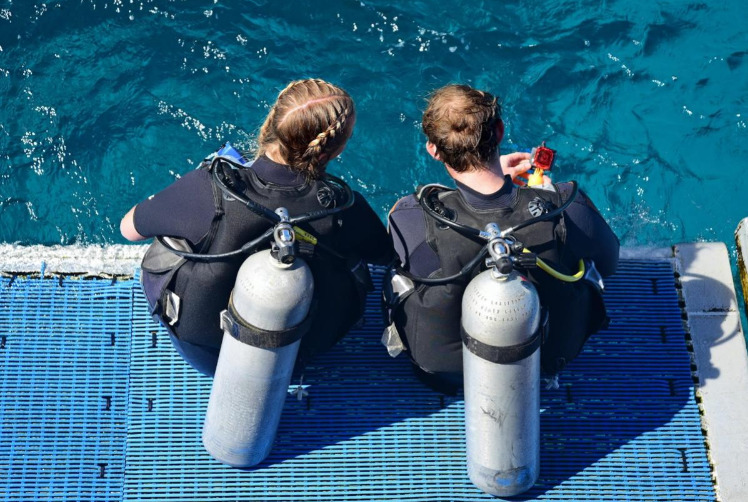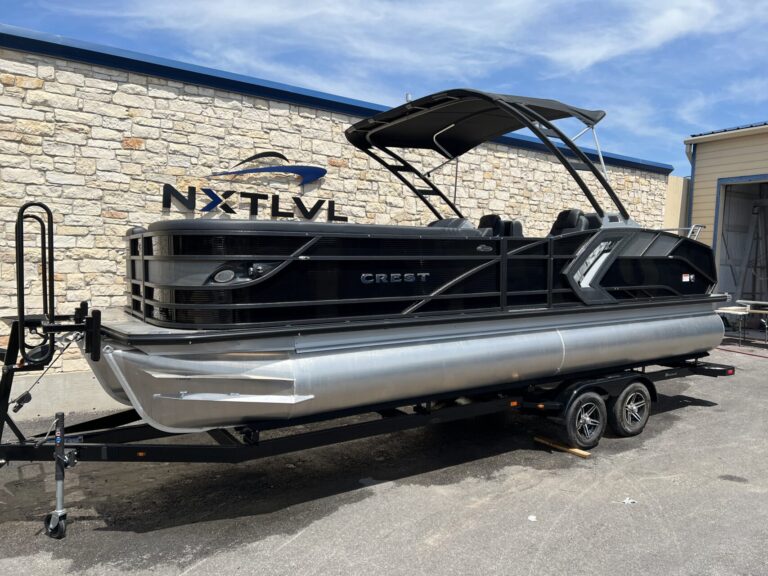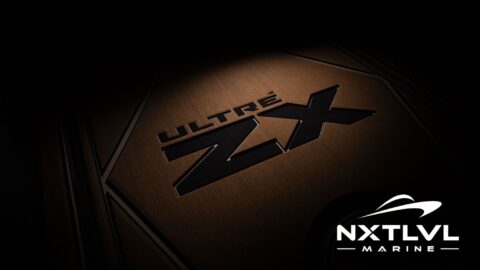
Photo by Laya Clode on Unsplash
Scuba diving has its share of fanatics who like to dive daily. But as is the case with any other sporting activity, it does come with its share of risks.
Performing pre-dive safety checks, also known as buddy checks, can reduce these risks. Every diver—experienced or novice – should perform these checks.
If you’re just ‘getting your feet wet,’ it’s highly recommended to seek professional scuba certification. While certification won’t make you an outright pro, it trains you on what to do.
Before proceeding further, please note that this scuba safety pre-dive checklist doesn’t constitute full training. It merely covers some of the basics.
The Buddy Check – What Is It? and What’s Its Importance?
Scuba divers typically dive in pairs, hence “buddy check.” Before they dive, they need to perform a safety check, primarily aimed at checking their diving gear.
You can perform this check while onshore or while on the boat. Either way, you should use it to ensure your gear’s functional and familiarize yourself with your buddy’s gear.
The latter comes in handy when you need to offer your buddy assistance. Use this time to check whether your air supply is on and whether everything is working.
The ABC and BAWRF Acronyms Used During the Pre-Dive Safety Check
Whether you’re an expert or beginner, every scuba diver should recall all the sequences used during buddy checks.
Two abbreviations feature commonly when performing the pre-dive safety checks; ABC and BWARF. Make sure you and your buddy review both diving safety acronyms in checking your diving equipment for maximum safety.
ABC Acronym (Air, Buoyancy, Clips)
Commonly referred to as the ABC’s pre-dive safety check system, the letters refer to air, buoyancy, and clips.
A – Air
When checking your air supply and that of your dive buddy, you’ll need to:
● Check that the airflow is good and switched on
● Confirm the air tastes okay
● Check to ensure you have a good air supply
● Confirm that the primary regulator and the backup are working well.
● Take your buddy through the process of removing the backup air supply.
B — Buoyancy
Buoyancy checks confirm you’ll have good buoyancy once in the water. They include:
● Check whether the stab jacket’s air-in or buoyancy control device (BCD) works as it should.
● Confirming you have an excellent air feed connection
● Examine the dump valve connection on the dry suit and BCD with your partner in case an emergency occurs when underwater.
● Check whether you’re using your drysuit, BCD, or the two.
C — Clips & Releases
Last but not least, use this step to:
● Check through the clips and releases on the stab jacket
● Inform your buddy whether you’re using weights and how to release them in an emergency.
BWRAF Acronym
Another helpful acronym you and your diving buddy need to remember.
B — BCD or (Buoyancy Control Device)
● Check the buoyancy compensator settings are working for neutral and positive settings.
W — Weights
● Confirm that your buddy has worn the weight belt properly.
R — Releases
● Check the number of straps present and tug on each strap.
A — Air
● Confirm your partner’s air supply is switched on.
F — Final okay
● Attach loose hoses and inspect your snorkel, mask, and fins with your eyes.
The BSAC, NAUI, and SEABAG Acronyms
Other acronyms used by divers during the pre-dive safety check include
BAR
B — Take each device and test it for buoyancy.
A — Confirm that every air source is working correctly.
R — Go through the clips and releases as mentioned earlier.
SEABAG
S — Carefully assess the prevailing conditions on the chosen dive site and note the essential factors.
E — Go through your pre-defined emergency protocols. Ensure you know the location of the first aid kit and how to call for help.
A — Ensure you both agree on the activities to undertake during the dive, including the navigation pattern and dive time.
B — Carefully examine all the buoyancy devices.
A — You and your buddy should check each other’s air supply and determine the Surface AIR consumption rates.
G — The final step involves taking your gear and going on the dive.
Conclusion
Scuba divers use various funny mnemonics to remember the acronyms mentioned above and ensure the safety of their diving buddy and themselves. While this guide has touched on the essential acronyms, it’s best to sign up for a scuba class to attain the necessary skills.
Before awarding you a certification, the class will take you through this and much more.
Author Bio: Ck Harrington is a content writer for clients such as Dip N’ Dive, a leading retailer of scuba gear. When he’s not typing at his laptop, Ck seeks outdoor adventures with his family and dogs. Ck’s favorite place to dive is the Georgia coastline.






























